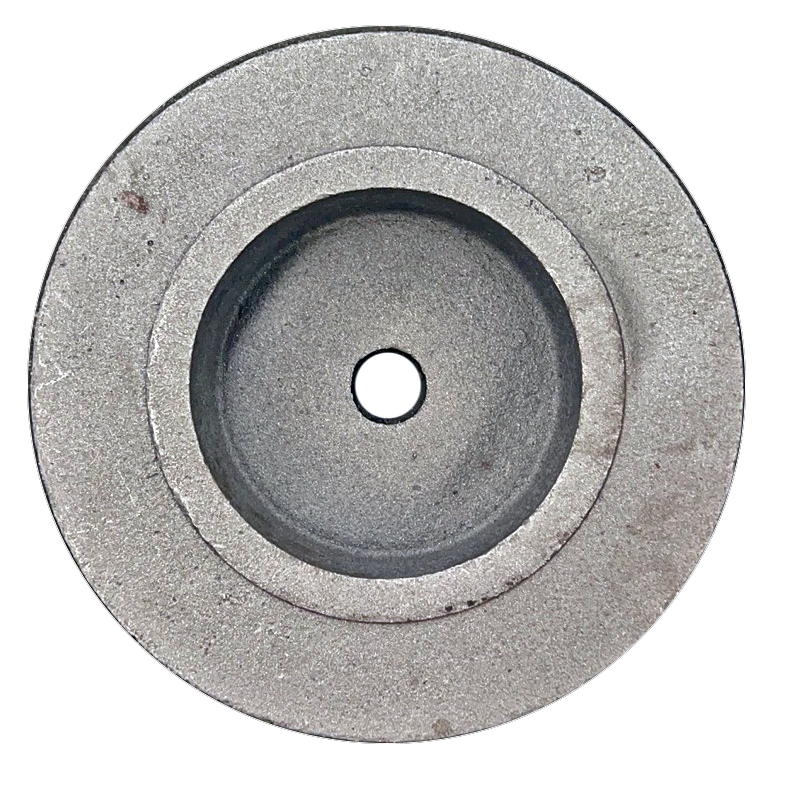ഡിസം . 19, 2024 10:33 Back to list
Optimizing Aluminum Molding Techniques for Enhanced Production Efficiency and Quality
The Art and Science of Molding Aluminum
Aluminum is one of the most versatile and widely used metals across various industries, thanks to its lightweight, corrosion resistance, and excellent malleability. One of the most efficient methods for shaping aluminum into useful forms is the process of molding, which encompasses a range of techniques. This article delves into the intricacies of aluminum molding, exploring its different methods, advantages, and applications.
Understanding Aluminum Molding
Aluminum molding involves converting molten aluminum into desired shapes by pouring it into molds that are designed to dictate the final form of the product. The process can be categorized into several techniques, including die casting, sand casting, investment casting, and extrusion. Each method has its unique benefits and is suitable for specific applications based on factors like complexity, volume, and precision.
1. Die Casting This is perhaps the most common and popular method of aluminum molding. In die casting, molten aluminum is injected into a mold under high pressure. This technique is highly efficient for producing large quantities of parts with intricate designs and tight tolerances. The result is a smooth finish that often requires minimal post-processing. Die casting is frequently used in the automotive industry for manufacturing components such as engine blocks, transmission cases, and various housings.
2. Sand Casting Unlike die casting, sand casting involves creating a mold from a mixture of sand and a bonding agent. The sand mold is robust enough to withstand the molten aluminum being poured into it. While sand casting may not provide the same level of precision as die casting, it is an excellent option for low-volume production runs and allows for larger components to be molded, such as large housing parts and complex shapes that would be challenging to create through other methods.
3. Investment Casting This is a more intricate process that involves creating a wax pattern coated with a ceramic shell. Once the shell hardens, the wax is melted away, leaving a cavity for the molten aluminum. Investment casting is prized for its ability to produce high-precision parts with excellent surface finishes, making it ideal for aerospace components, medical devices, and other applications that require high levels of detail.
4. Extrusion This technique is unique because it involves forcing aluminum through a die to create a continuous profile. This means that you can create long sections of aluminum with uniform cross-sections. Extruded aluminum is ubiquitous in construction, transportation, and various consumer products, given its ability to be transformed into everything from window frames to heat sinks.
molding aluminum

Advantages of Molding Aluminum
Aluminum molding provides numerous advantages that contribute to its widespread use. The lightweight nature of aluminum translates to lower shipping costs and improved fuel efficiency in applications such as automotive and aerospace industries. Additionally, aluminum can be molded into complex shapes, reducing the need for multiple components and the associated assembly costs.
The corrosion resistance of aluminum ensures that molded parts maintain durability over time, even in harsh conditions. Furthermore, aluminum has excellent thermal and electrical conductivity, making it a favorite material for a range of applications beyond structural uses, such as in electronics and heat exchangers.
Applications of Molded Aluminum
The applications of molded aluminum are vast and varied. From automotive parts that require strength and lightweight properties to consumer goods like appliances and furniture, the molded aluminum industry touches many facets of daily life. In the aerospace sector, where weight justifies fuel efficiency, aluminum components enable innovative designs that maximize performance while minimizing weight.
As industries continue to strive for sustainability and efficiency, aluminum's recyclability adds to its appeal. Molded aluminum parts can be easily recycled without losing quality, allowing manufacturers to create a circular economy model where materials are reused and repurposed.
Conclusion
The molding of aluminum is a perfect intersection of art and science, enabling the creation of lightweight, durable, and versatile components that meet the needs of diverse industries. As technology advances and the demand for efficient, sustainable processes grows, aluminum molding will continue to play an essential role in shaping the future of manufacturing. With its myriad benefits and applications, molded aluminum is poised to remain a cornerstone material in our modern world.
-
Premium Cast Iron Water Main Pipe for Robust Infrastructure
NewsAug.27,2025
-
A-Rated Cast Aluminum Boilers: High-Efficiency Condensing Gas & LPG
NewsAug.26,2025
-
OEM Cast Silicon Aluminum Alloy Heat Exchanger | Custom & High Performance
NewsAug.25,2025
-
Centrifugally Cast Iron Water Main Pipe | Ductile Iron Solutions
NewsAug.24,2025
-
Durable Cast Steel Concrete Pipe Mold Bottom Rings & Base Trays
NewsAug.23,2025
-
Centrifugally Cast Iron Water Main Pipe for Reliable Mains
NewsAug.22,2025


